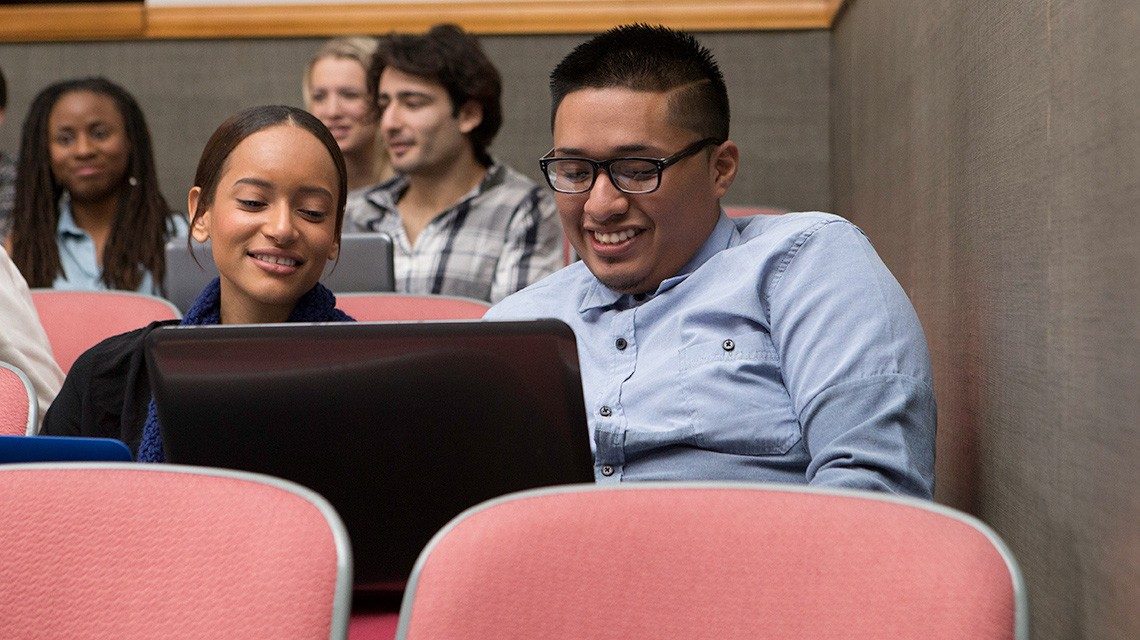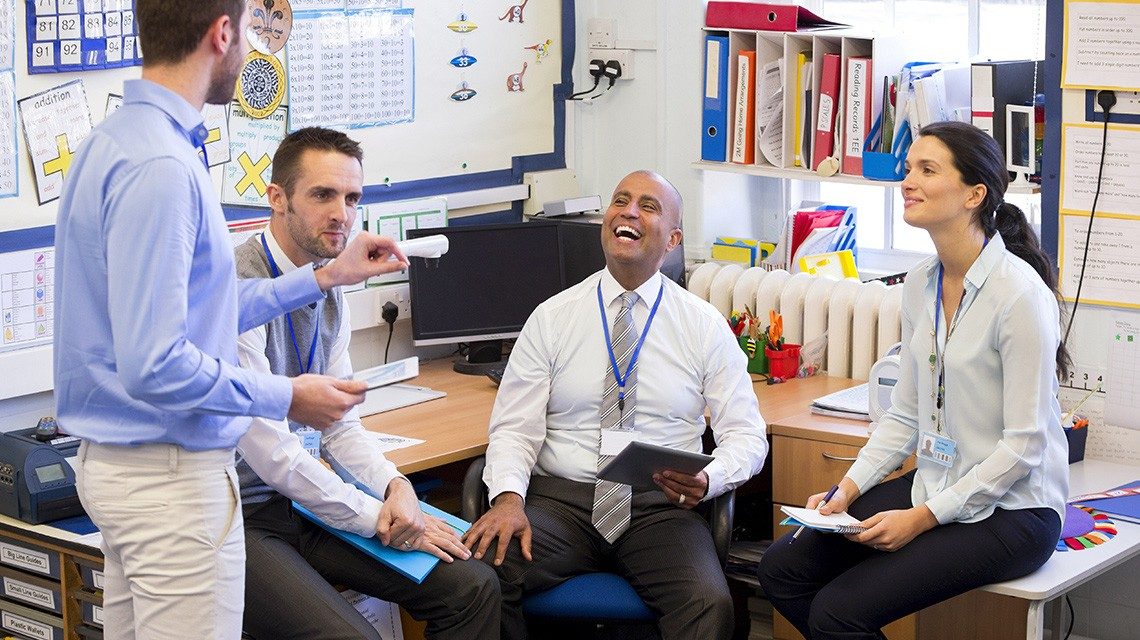News and policy
Overview
We’re a learning company, and we’re always learning too. We make it our business to explore the issues affecting policymakers, learners and educators in the UK, and we often work with other organisations to raise questions and come up with evidence-based solutions.
This is the place to find:
- Latest news about Pearson UK
- Updates and papers giving our view on the hot topics in education policy
- Reports and publications written or commissioned by us
- Our responses to consultations set up by government departments and other organisations
- Details and videos of policy briefings, discussions and other events






